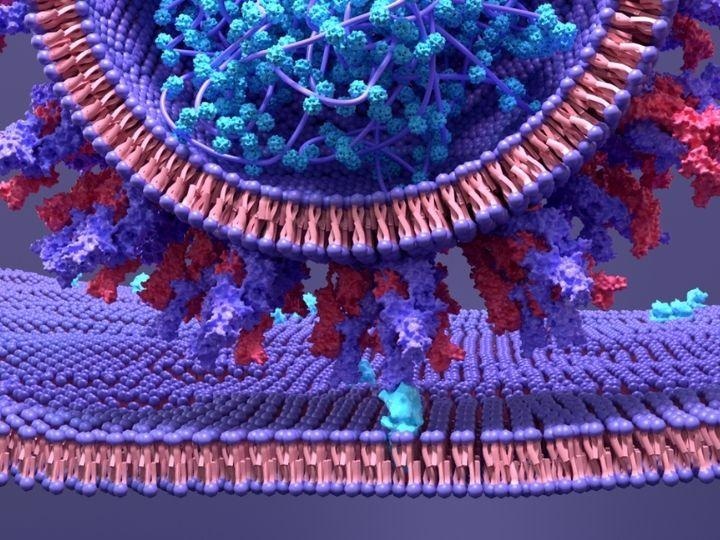Hormones or chemical messengers link to cell membrane receptors to tweak how the cell responds, creating a metaphorical interaction and traffic network on the surface of cell membranes inside human body.

This hormone-receptor complex, once joined together, performs a number of functions by transporting chemical signals from outside the cell and converting them into activity inside the cell. The act of moving into a cell is referred to as trafficking.
For the very first time, technological innovation developed at the University Of Houston College of Pharmacy will allow researchers to see inside and get a detailed look at human trafficking in live time.
Professor of pharmacology Bradley McConnell has developed a technique to see membrane protein trafficking employing bioluminescence, the generation and emission of light inside live organisms, which eliminates the need for complex protocols, procedures, or largely automated equipment.
“We describe a powerful unrestricted and universal technology of drug discovery that is based on trafficking properties of plasma membrane receptors,” states McConnell in Communications Biology, a Nature journal.
This technology can be applied to monitoring the effectiveness of a potential new therapeutic drug that is targeted to a cell receptor and then internalized into the cell. It can also be used to monitor the SARS-CoV-2 viral entry into the cell.”
Arfaxad Reyes-Alcaraz, Study Lead Author and Postdoctoral Fellow, McConnell’s Laboratory
The researchers hope to apply the approach to produce drugs for heart disease, metabolic disorders, cancer, infectious diseases, COVID-19, and other diseases in the future.
The procedure tracks how cell receptors are internalized into cells as part of their natural function in response to a hormone or therapeutic treatment engaging with its receptor—it is a useful tool for learning how the body operates.
For years, researchers have successfully examined this process using difficult and expensive biological equipment, but highly sensitive and adaptable technology to research similar processes in real-time living systems have been absent.
Now imagine studying this process simply and inexpensively with a method that is even more informative than is currently available. The ability to selectively generate a bioluminescent signal when the membrane receptor is in the early endosome to monitor receptor internalization (i.e., membrane trafficking) is novel.”
Bradley McConnell, Professor, College Of Pharmacy, University Of Houston
Source:
Journal reference:
Reyes-Alcaraz, A., et al. (2022) A NanoBiT assay to monitor membrane proteins trafficking for drug discovery and drug development. Communications Biology. doi.org/10.1038/s42003-022-03163-9.